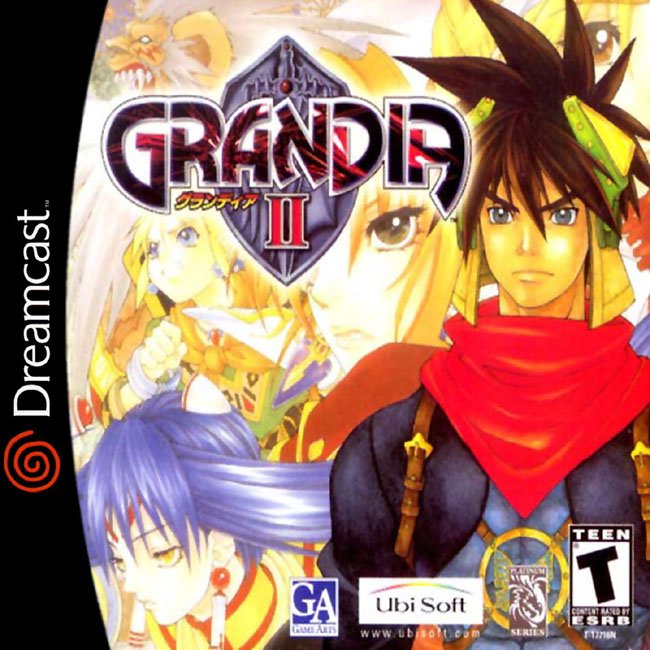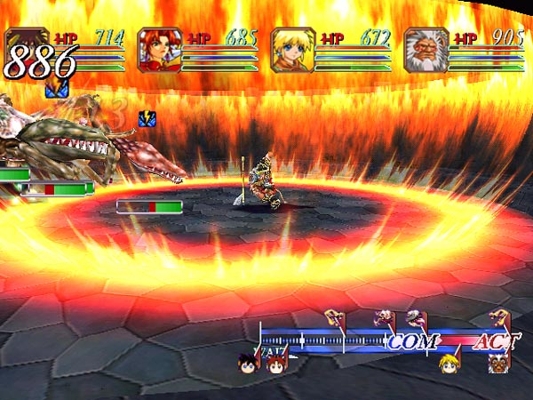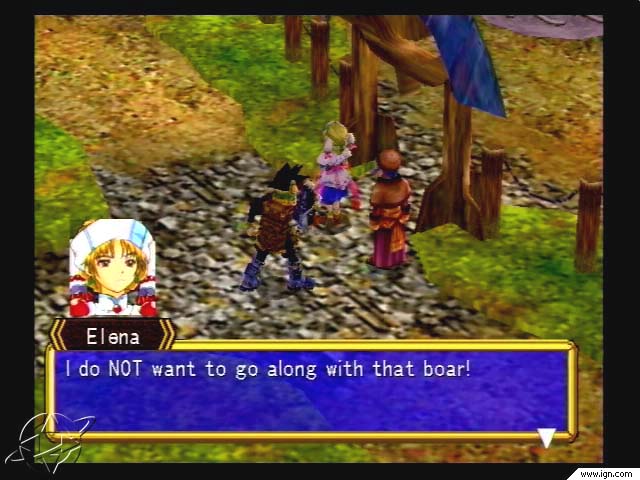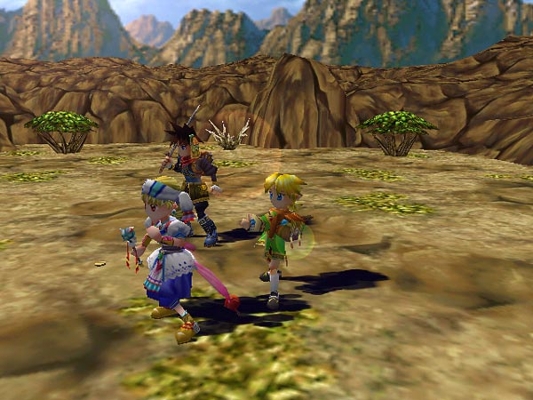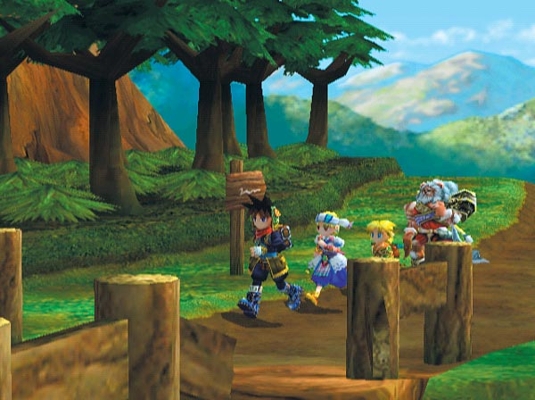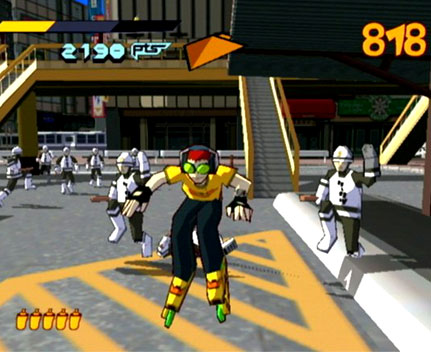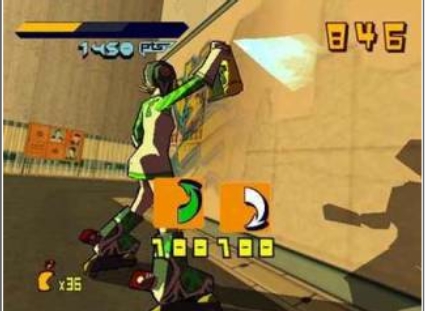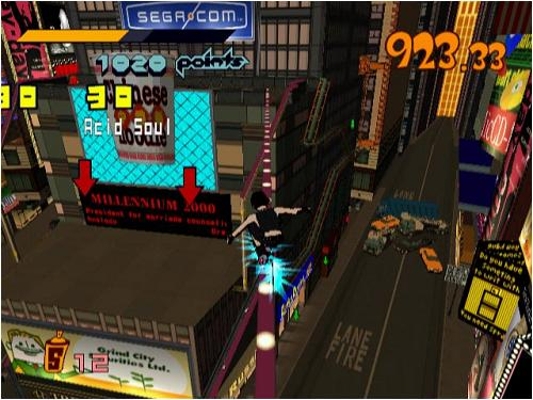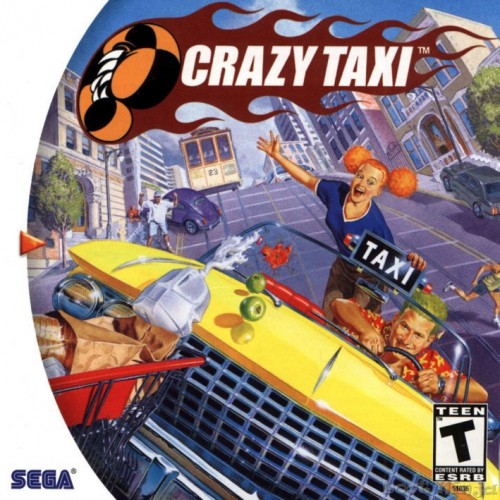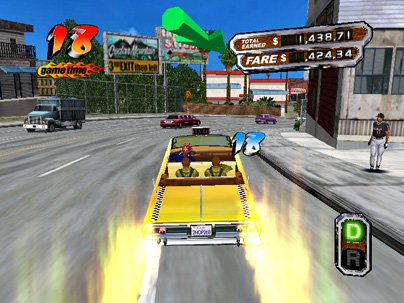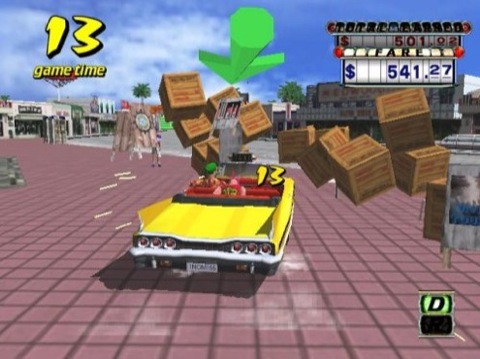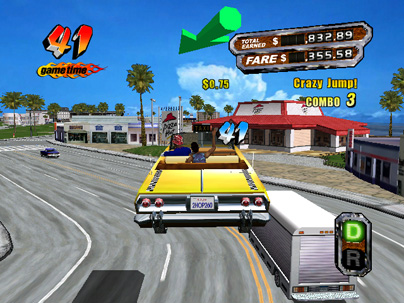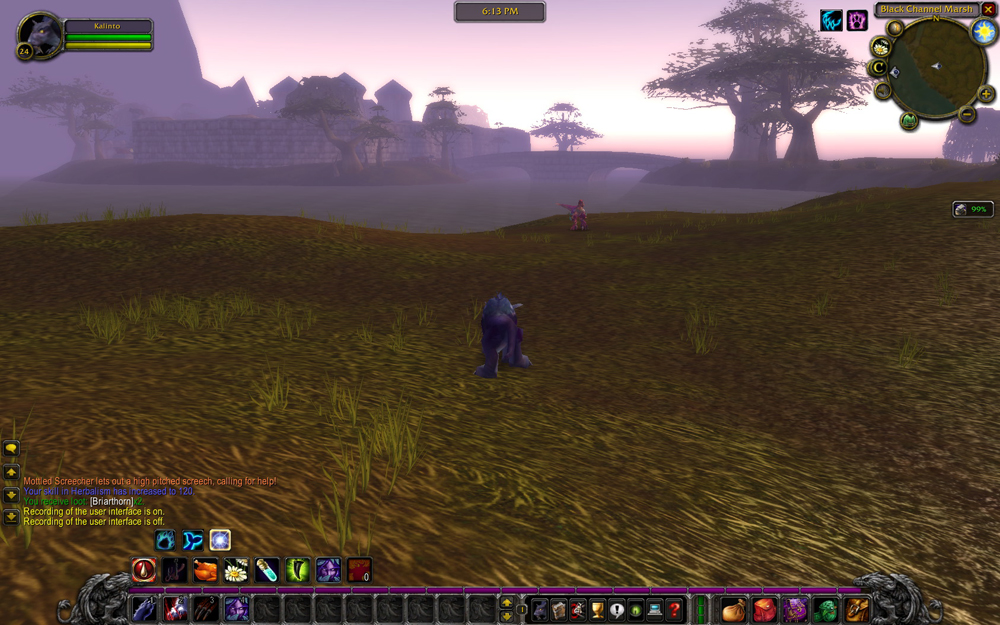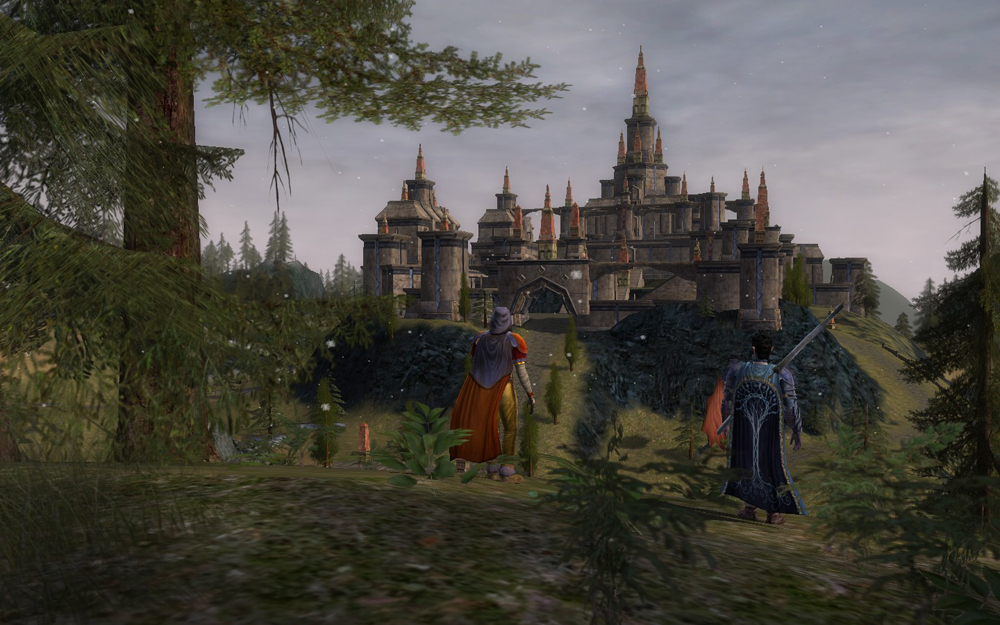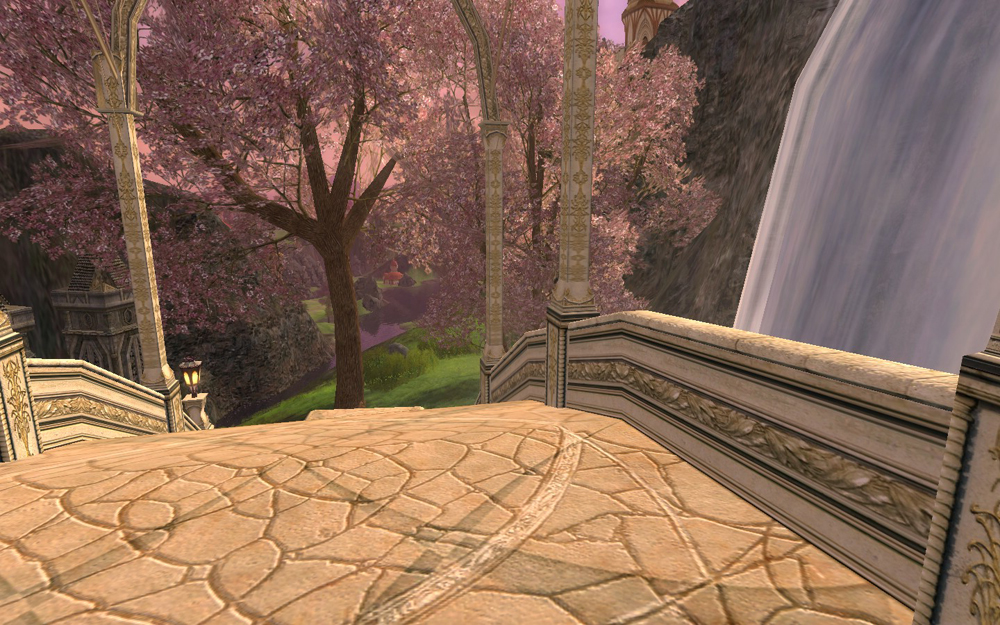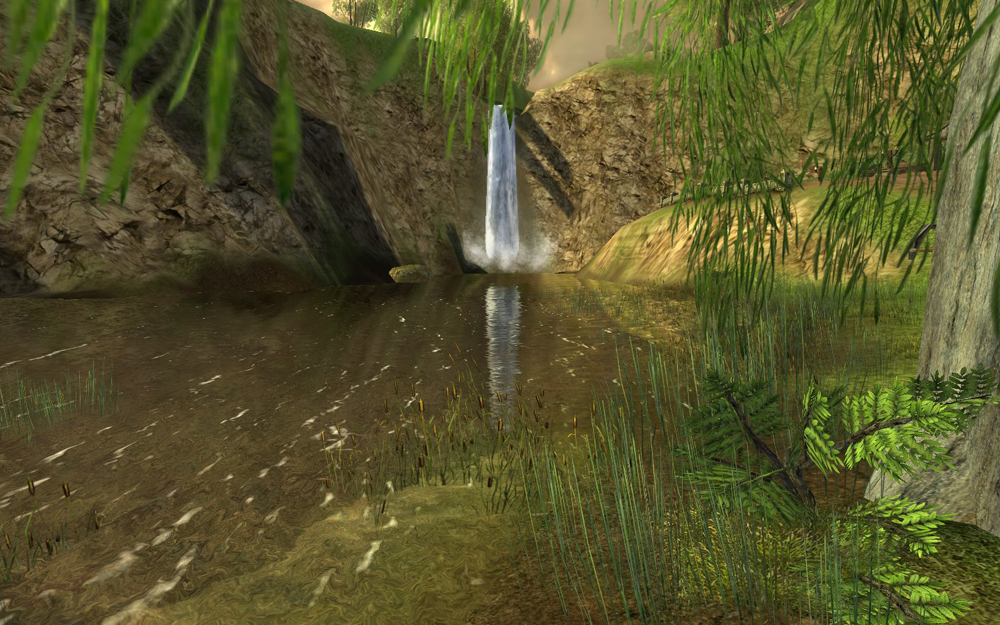Dreamcast Retrospective Day 3: Hydro Thunder
 Thu, September 3, 2009 at 5:50 PM
Thu, September 3, 2009 at 5:50 PM Now this is my kind of racing game.
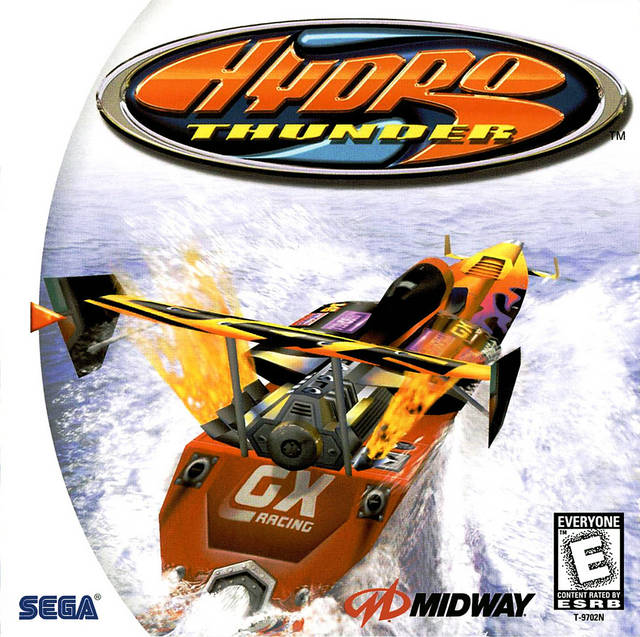
Screw Gran Turismo. Get Forza out of my face. I want a bunch of stupidly fast boats speeding recklessly through totally insane courses that have no basis in reality whatsoever and are way, way cooler because of it.
Hydro Thunder may have been ported to other consoles later on, but I still strongly associate it with my beloved Dreamcast. Not only were its graphics closer to the arcade version than any other port, but the release date for this little racing gem was none other than 9/9/99.
This game was one of the cherished few that I brought home with me on launch day and played the crap out of, because that’s what you do with launch games on a new system.
And this was a game deserving of my time.
Like Crazy Taxi, this is a game born out of a true arcade heritage. In fact, the first time I played Hydro Thunder wasn’t even on the Dreamcast, it was on a true, honest-to-god arcade machine at a real, existing, miraculously-still-surviving arcade. It had a big plastic seat that you sat down in, speakers placed right behind your ears for maximum immersion, a large grippy steering wheel, and a spiffy throttle thingy that was a lot of fun to use.
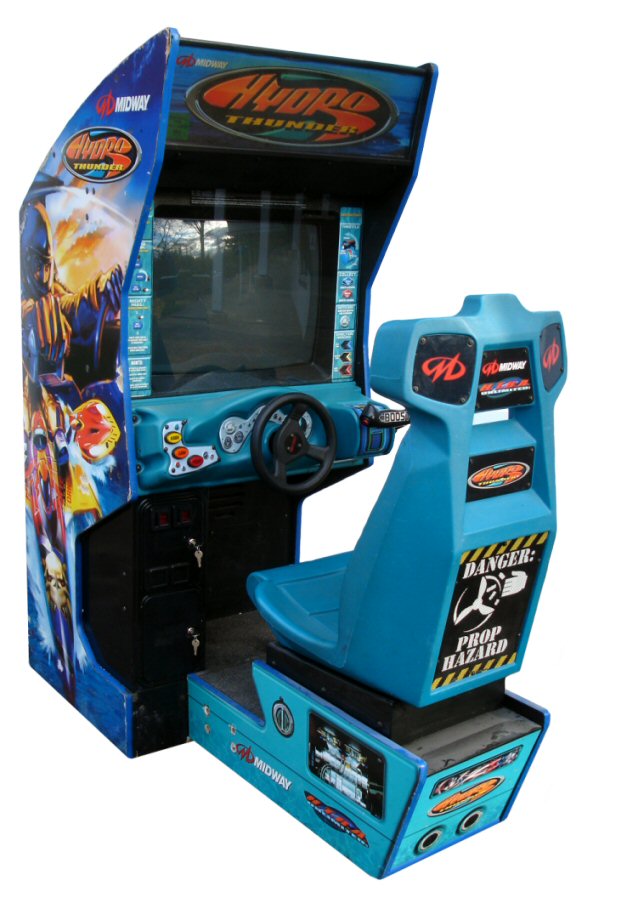
This is why I lament the loss of arcades. Sure plastic peripherals seem to be all the rage nowadays, and I admit I’d rather play Guitar Hero than Guitar Freaks, but there’s nothing quite like experiencing a game like Hydro Thunder in a true arcade cabinet with the sound cranked up and a big ol’ piece of tape over one of the broken “Insert Coin” slots.
All the more impressive, then, that the Dreamcast version of Hydro Thunder so wonderfully captured the feeling of its bigger arcade counterpart.
This was a fairly no-frills game, but you don’t need any frills with a game like this. There was no needless career mode to stretch out the game pointlessly. There was no abundance of modes that are not actually any fun.
There’s just a bunch of tracks and a bunch of boats. You race on the tracks and unlock more tracks and boats until it gets too hard and you have to keep trying over and over again until you finally do unlock everything but then you keep going back because it’s so damn fun.
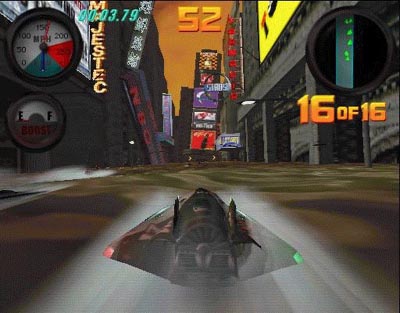
Throw in a multiplayer mode and you’re set.
There were some truly wild courses in this game. Sure you had your typical tropical island and icy courses. But what other racing game lets you race through the Greek Isles, plow through some Chinese city in mid-festival, speed through the canals of Venice, venture through a post-apocalyptic flooded New York, and navigate down the Nile and into an Egyptian tomb, all in the same game?
The graphics were absolutely stunning at the time and really helped justify my purchase of a Dreamcast. It was a real showcase game for the system’s abilities. Sure it doesn’t look all that stunning today, but what game of this era does? I think it at least manages not to look like utter crap, which considering how some games from the era look these days is pretty impressive.
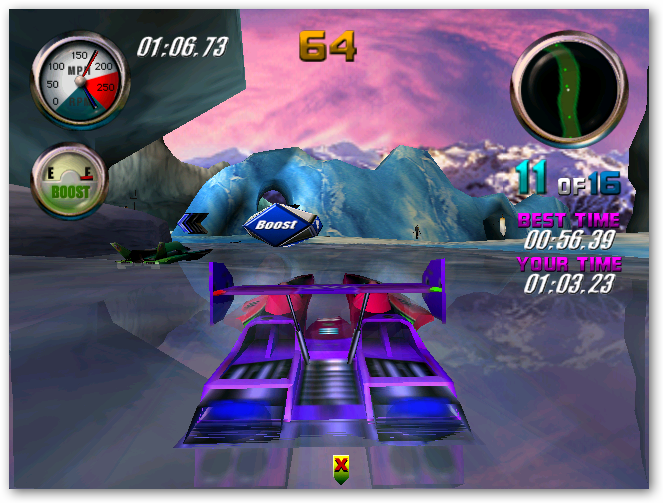
While the graphics may be a bit of a rough ride, the gameplay holds up just fine. The sheer thrill of racing from checkpoint to checkpoint, always just on the verge of running out of time, finding elusive secret paths, and collecting boost meter extensions along the way to keep yourself going as insanely fast as possible by mashing that boost button at every possible opportunity just doesn’t get old.
I’ve dabbled in Nintendo’s Wave Race series before and, while I usually enjoy them, they’ve never been more than a passing fancy. Their highfalutin wave physics are fun and all, but, go figure, racing at high speeds on actual waves is really freakin’ hard.
Give me something like Hydro Thunder any day. It remains one of my favorite arcade-style racing games.
Sadly, this is a genre not seen in its pure form very often these days. With even Burnout going open world and games everywhere, the racing genre included, getting more and more complex, the simple thrill of this genre is surprisingly hard to find. Kart racing games are the only reliable source of this kind of fun anymore and, while they’re plenty fun in their own way, they’re just not the same.

I actually haven’t played any of the other “Thunder” racing titles, but maybe I should seek them out just to see if they still hold up since there are so few modern equivalents.
It really is a shame Hydro Thunder hasn’t gotten a proper modern sequel. It really could be fantastic.
As it stands, though, Hydro Thunder remains a standout Dreamcast launch title that remains fun to this day. I’m still glad that I chose it to go along with my Dreamcast on the Day of Nines all those years ago.



